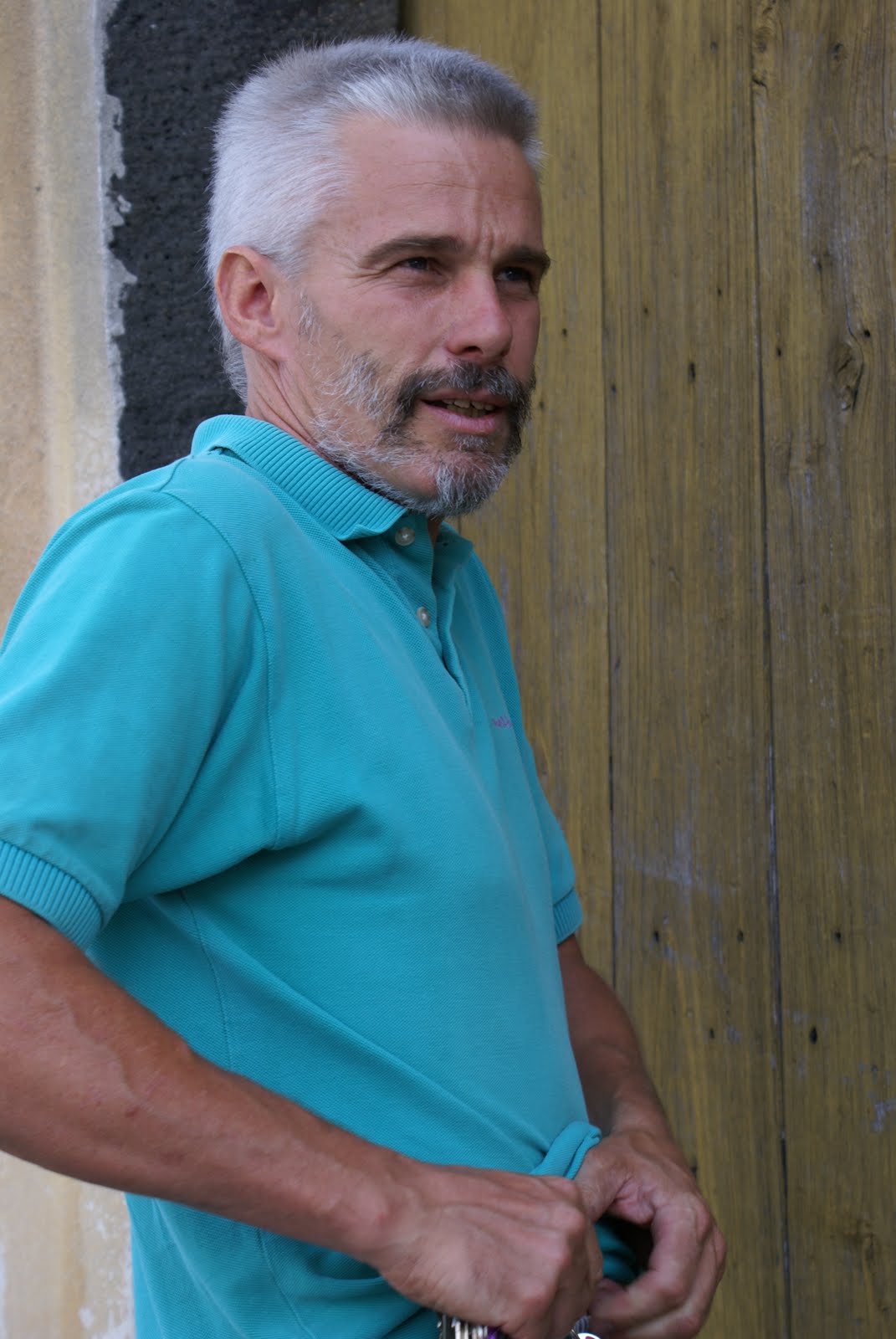Natural European Wines 2011
Posted on 25 November 2011
I’ve spent last week in Zurich attending an interesting conference and tasting of ‘natural’ wines. I am committed to the case of environmental-conscious wines, including biodynamic ones, and so this was a great occasion to discover some new names. And the conference itself was the opposite of the usual bore: well-paced and full of food for thought.

Angiolino Maule, the driving force behind Vinnatur. © Tigulliovini.it
What is really ‘natural wine’? A fashionable topic lately – see notably two excellent books, Naked Wine by Alice Feiring and Authentic Wine by Sam Harrop and Jamie Goode – but made a little tricky by the fact there’s no universal definition and – unlike for organic or biodynamic farming – no certification. Although natural wine producers generally follow a common set of practices that largely overlap with organic, there are also things they do different and others they don’t do at all. Isabelle Legeron, master of wine and acclaimed expert on the subject, proposes to define natural wine as ‘non-intervention’ wine, or ‘nothing added, nothing taken away’. More specifically, the common denominators seem to be:
- Farming is at least organic, and often holistic / biodynamic (BD) in the overall approach, but not necessarily with the use of BD preparations;
- Restraint in the use of copper and sulphur in farming; this is one major difference with BD viticulture where both ingredients are endorsed, whereas natural wines producers actively seek alternative protections from fungal diseases;
- Spontaneous fermentation: not required in organic wines (where you can add commercial yeast as long as it’s certified) but considered a must with natural wine;
- Hands-off winemaking with no artficial additives: enzymes, acidification, chaptalisation, yeast nutrients; a pretty obvious thing;
- No sulphur: not universally enforced but natural producers are the largest body actively promoting no-SO2-added wines, marking another major difference with organic and BD wines. If any SO2 is added it is never earlier than at bottling, so the entire production process is in the (virtual) absence of sulphur.

Frank Cornelissen, orthodox natural winemaker.
There were some other interesting points risen during the conference:
- Natural, organic and biodynamic viticulture is no ‘black magic’ as some opponents claim. There is some sound scientific data behind a number of natural viticultural techniques, documented as early as 1993 by scientists such as J P Reganold. More recent research suggesting considerably higher soil bioactivity and higher availability of microelements was presented during the conference by renowned soil microbiologist Claude Bourguignon (although I haven’t verified this data). After years of denial it might be that the scientific community is opening up to the fact that advantages of natural farming might actually be verifiable and quantifiable.
- Claude Bourguignon also presented a fascinating lecture on what makes a great terroir. The best wine locations that were selected in Antiquity or the Middle Ages based on sheer intelligent observation are now finding a sound scientific confirmation. Facts such as soil fissurage (enabling a deep penetration of vine roots into subsoil) and supersoil granulation and soil density migh not sound terribly eye-catching but they seem to be the common denominator between acclaimed grands crus. This was a fascinating insight on why Montrachet and La Tâche perform so well, though when Bourguignon moved on to extrapolate those findings to normative assessment of other terroir, it became a lot more controversial: he dismissed a Ferdinando Principiano Barolo Ravera 2007 as “coming from a lesser terroir” than its twin wine, Boscareto 2007, while I thought the Ravera was a far more typical, subtle, elegant and interesting Barolo.
- No-sulphur wines appear to be more stable than conventional wines, contrary to stereotype (low-SO2 are considered ‘fragile’, and it’s often advised to keep them under 14C at all times). Perhaps because they’re usually also unfiltered, or perhaps because sulphur effectively mutes a wine’s flavour and no-SO2 are usually more intense in flavour, unsulphured wines actually keep well under cork or screwcap and they also develop well after you open the bottle. (This mirrors my own observations on e.g. the Sicilian Cerasuolo from COS, one of the most air-resistant wines I know).
- Natural wines need not be weird. While many are cloudy, odd in colour (orange for whites and bricky-brownish for reds) with all sorts of unexpected, oxidative or animal aromas, some taste perfectly like conventional wines, only more intense, layered and deep. And customers enjoy them – Terje Meling, the wine buyer for the Norwegian wine monopoly, reported that the several natural wines he lists behave perfectly like ‘plain’ wines: complaints and returns are minimally higher than normal and customer acceptance of the styles is high.

Elisabetta Foradori, great winemaker turned great natural winemaker.
I’ll be posting my best picks from the subsequent wines tasting in a separate article shortly; for the time being I’ll leave you to enjoy the best quotes of the conference:
Perfection is a wine that flirts with fault. (Isabelle Legeron)
A forest has all that we are trying to reproduce in a natural vineyard. (Elisabetta Foradori)
Man has a decisive power to encourage a functional biodiversity. (Federico Giotto)
Have reduced maceration times for our white wines, to communicate better with the public. (Alexis Paraschos)
Disclosure
My trip to Switzerland including flights and accomodation was sponsored by the Vinnatur association.

